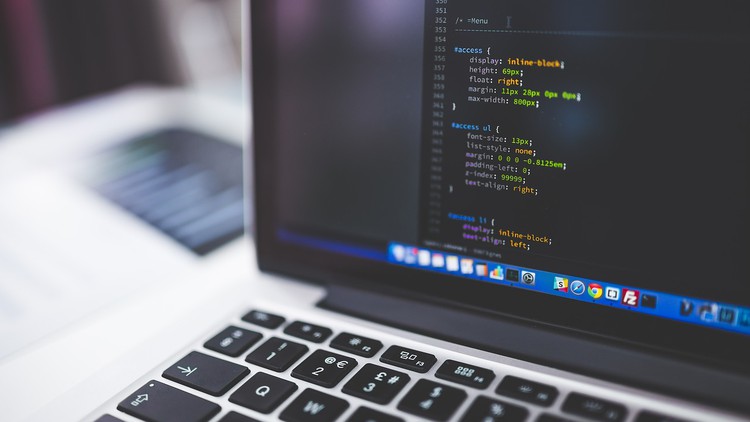
A beginner Python course covering all of the basics you need to know
What you will learn
Python Basics from Scratch
Variables and Data Types in Python
Input/Output in Python
Working with Strings in Python
Working with Numbers in Python (Arithmetic, Functions, etc.)
Conditional Statements in Python
Loops (While, For) in Python
Lists in Python
Tupes in Python
Functions in Python
Description
Learn the basics of Python in a quick and easy-to-understand course! This course will teach you the fundamentals of Python and covers practice problems so you can advance your Python skills quickly. You will learn about installing / setting up Python, input, output, variables, data types, converting between data types, strings, numbers, arithmetic, conditional statements, loops, lists, tuples, and functions.
Topics Covered:
- Installing and Setting up Python
- Input / Output
- Variables
- Data Types
- Converting between Data Types
- Working with Strings
- Working with Numbers (Arithmetic, Math Functions, etc.)
- Conditional Statements
- Loops (While, For)
- Lists
- Tuples
- Functions
Softwares Used:
- Pycharm (Platform for coding in Python)
Note: The first video of the course will teach you how to set up Python and Pycharm so you can begin coding your problems right away! The course assumes you have no prior knowledge of Python or programming.
Information about the Instructor:
AlgoSTEM is a non-profit organization led by Arushi Gupta and Akshaj Gupta that aims to increase accessibility to STEM education. Through its free online courses, AlgoSTEM has taught over 35,000 students worldwide. AlgoSTEM instructors are experienced and knowledgeable about the subjects they teach which include computer science, math, and various sciences.
Along with having multiple Udemy courses, AlgoSTEM has a popular YouTube channel called Algorythm that covers solutions to coding problems including those from Leetcode, Codeforces, Codechef, and various math competitions.
Content